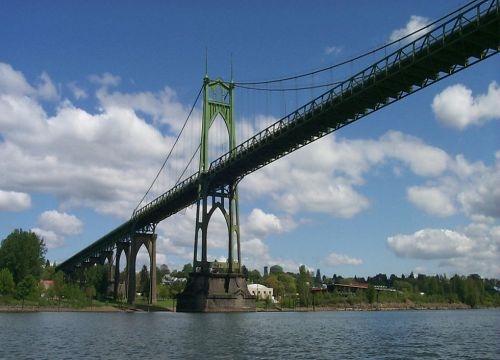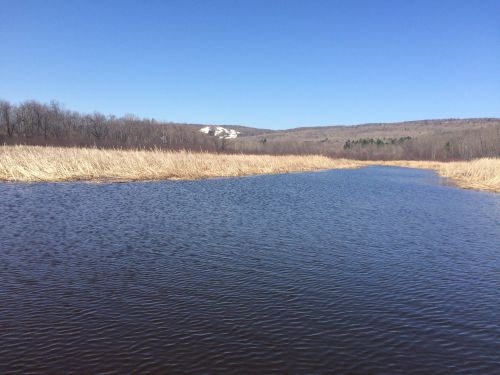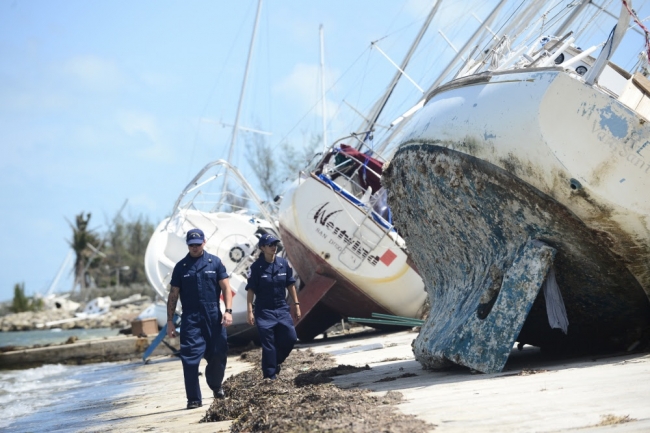Another year has come and gone, and we’re starting the new year off right with a list of resolutions to make this one as great (if not better) than the last.
With a record number of incident responses and ongoing pollution response to an above-average hurricane season, 2017 was a busy year. We accomplished quite a bit last year, and while we always hope the new year will bring fewer oil spills and disasters than the year before, it’s our job to be prepared for whatever 2018 throws our way.
So to keep us on track this year as we continue to grow and improve our efforts to protect the coasts from threats of oil, chemicals, and marine debris, here are our top 10 resolutions for the new year:
-
Clean up. Or more specifically, continue our work to clean up our shores of marine debris! We're working with partners to keep our trash out of the ocean and encouraging others to help by following the 4R's: reduce, reuse, recycle, refuse.
-
Keep others safe. This year we will continue to make improvements to the CAMEO® software suite, which has been developed jointly by NOAA and the Environmental Protection Agency for over 30 years to help chemical disaster responders and planners get the critical data they need, when and where they need it.
-
Connect more. By strengthening our connections with our partner organizations, we put ourselves in a better place to succeed in our response to oil and chemical spills, assessment and restoration of damaged ecosystems, and marine debris reduction.
-
Train up. We pride ourselves on providing top-notch training opportunities, and in 2018, we have Science of Oil Spill classes planned in Mobile, Alabama, and Lewes, Delaware (with more to come). The deadline to apply is coming up quick, so hurry before they fill up!
-
Collaborate. Our annual conferences and events offer an opportunity to collaborate with other professionals in the spill response community. This year at the Gulf of Mexico Oil Spill and Ecosystem Science Conference (GoMOSES) we will be exploring the theme of “Response, Restoration, and Resiliency in the Gulf.”
-
Be supportive. By continuing to support long-term environmental restoration in the Gulf of Mexico using data visualization and mapping tools DIVER and ERMA.
-
Help others. Following an above-average hurricane season, our work continues in Florida, the U.S. Virgin Islands, and Puerto Rico as we assess and safely remove vessels damaged or grounded during hurricanes Irma and Maria.
-
Practice, Practice, Practice. When an oil or chemical disaster occurs, it’s important that we know how to respond quickly and efficiently. But to do that requires a lot of practice, so that’s why each year we have exercises such as the Spill of National Significance (SONS) exercise to keep us at the top of our game and ensure interagency and private sector coordination when the time comes.
-
Modernize. We understand the importance of keeping up with trends, and that’s why this year we are giving our website (response.restoration.noaa.gov
) a face lift. Stay tuned this year to see the finished product. -
Act Strategically. Our five-year strategic plan outlines some of our “big picture” goals for marine pollution prevention, preparation, response, and restoration. As we enter into the second year of our plan, we will continue to act strategically and be mindful of our long-term goals.






